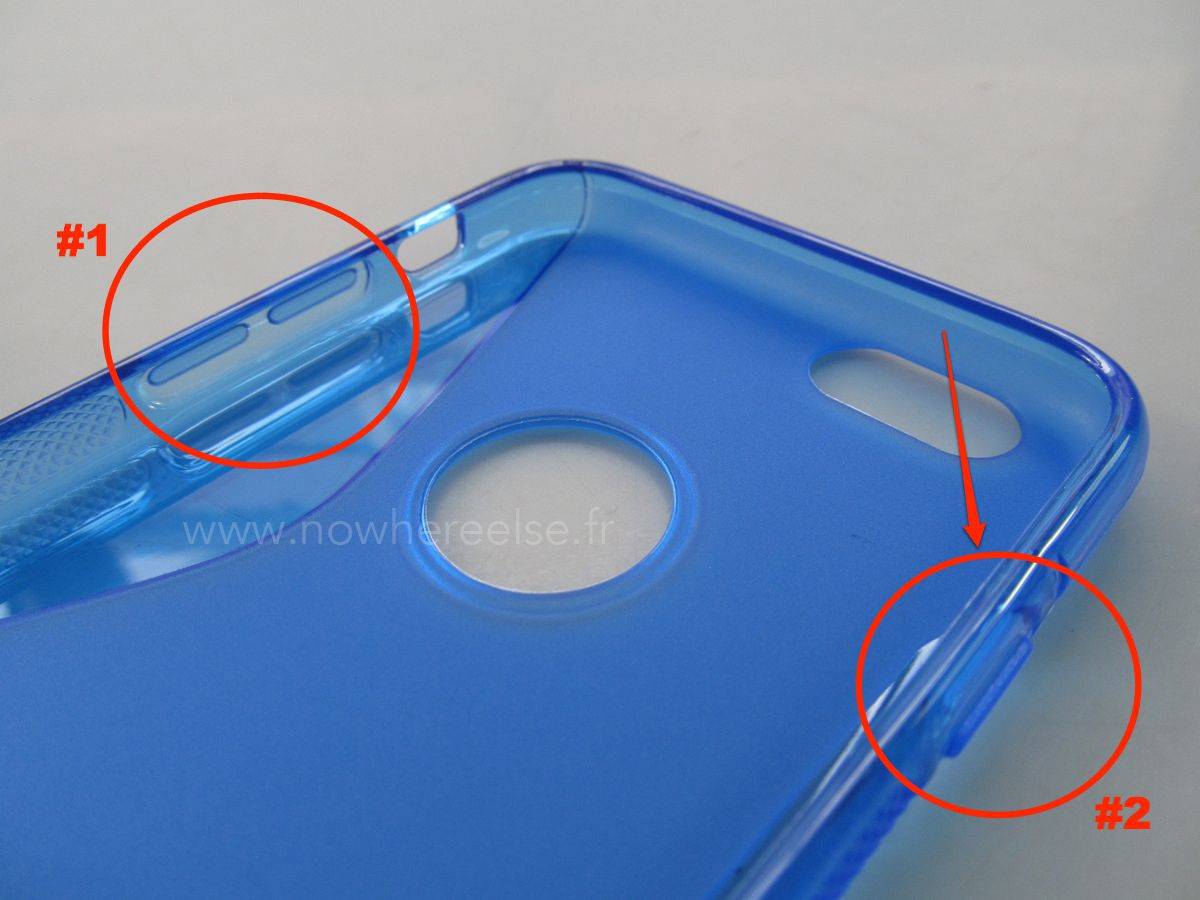Everything we think we know about the iPhone 6 so far

One victim of the larger size of the iPhone 6 is the on/off switch, which has reportedly been moved from the top of the phone to its side to make it easier to operate with the larger form factor. The twin volume buttons have also supposedly been unified into a single rocker.

